The ECG Made Practical 7th Edition
The ECG Made Practical Seventh Edition:
The ECG Made Practical is a clinically-orientated book, showing how the electrocardiogram can help in the diagnosis and treatment of patients with symptoms suggesting cardiovascular disease. The underlying philosophy of this Seventh Edition remains that the ECG has to be interpreted in the light of the patient’s history and physical examination, thus the book is organised in chapters according to a patient’s symptoms.
- Clinically-orientated with a quick reference list of cardiovascular conditions
-
- The unique page size allows presentation of 12-lead ECGs across a single page for clarity.
- Emphasises the individuality of every ECG and uses full 12-lead ECG recordings to provide a realistic reproduction of the clinical environment.Builds on the basic knowledge outlined in the classic ECG Made Easy
- Each chapter begins with a brief account of the relevant history and examination and ends with a short account of what might be done once the ECG has been interpreted.
The ECG is a vital part of diagnosis and prolonged ambulatory ECG recording is now commonplace. This Seventh Edition includes a greater focus on ambulatory monitoring and the newer monitoring devices, while developments in pacing systems and defibrillators are described.
- The unique page size allows presentation of 12-lead ECGs across a single page for clarity.
Additional ISBNs:
∗ eText ISBN: 0702075450, 978-0702075452, 9780702075452
- See additional information on the Amazon.
More Details
The ECG Made Practical 7th Edition:
Front Cover
Inside Front Cover
Title Page
The ECG Made Practical
Copyright Page
Table Of Contents
Preface
What to expect of this book
What to expect of the ECG
Acknowledgements
12-lead ECGs
1 The ECG in healthy people
Types of ECG
The ‘normal’ ECG
What to do
2 The ECG in patients with palpitations and syncope
The clinical history and physical examination
The ECG
3 The ECG in patients with palpitations and syncope
Types of ecg monitors
Features of ambulatory ECG traces
4 The ECG when the patient has a tachycardia
Mechanism of tachycardias
Management of arrhythmias
Electrophysiology and catheter ablation
Cardiac arrest
5 The ECG when the patient has a bradycardia
Mechanism of bradycardias
Management of bradycardias
6 The ECG in patients with chest pain
History and examination
The ECG in patients with myocardial ischaemia
The ECG in pulmonary embolism
The ECG in other causes of chest pain
ECG pitfalls in the diagnosis of chest pain
7 The ECG in patients with breathlessness
History and examination
Rhythm problems
The ECG in disorders affecting the left side of the heart
The ECG in disorders affecting the right side of the heart
What to do
8 The effects of other conditions on the ECG
Artefacts in ECG recordings
The ECG in congenital heart disease
The ECG in systemic diseases
The Effects of serum electrolyte abnormalities on the ECG
The effects of medication on the ECG
Other causes of an abnormal ECG
9 Conclusions
Description
Interpretation
Diagnosis
Treatment
Conclusion
Index


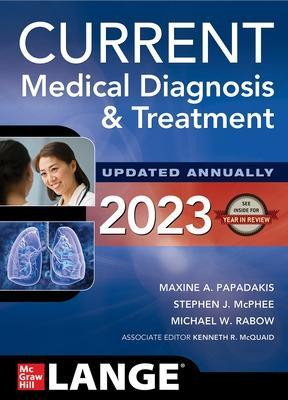
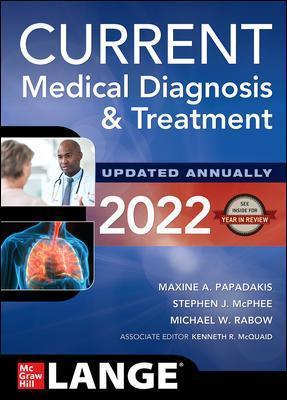
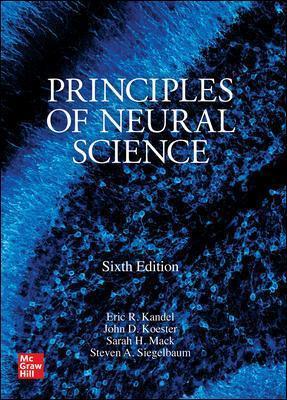





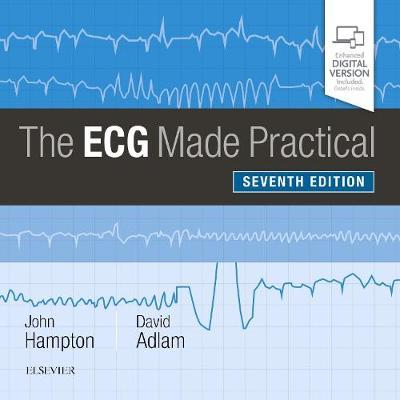




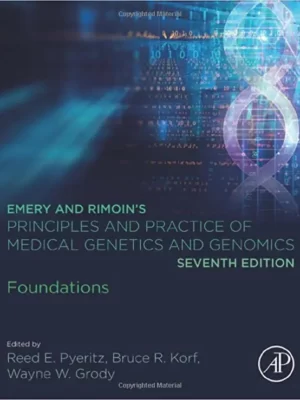
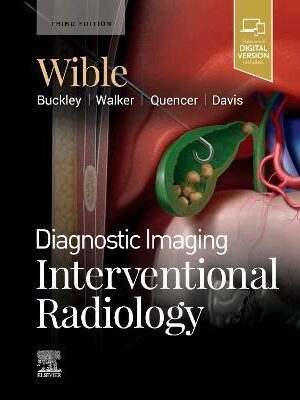




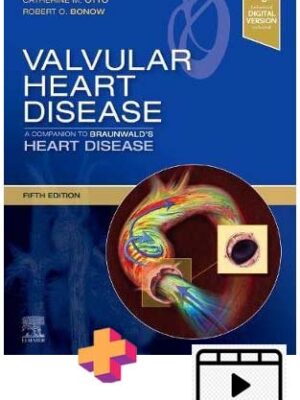
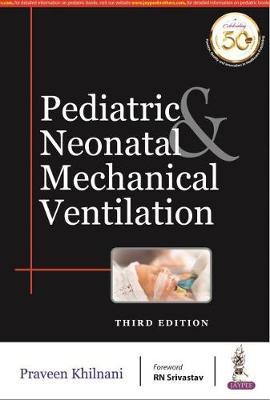

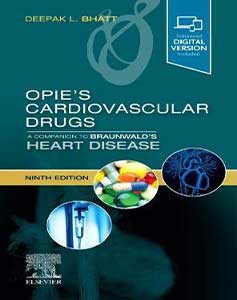

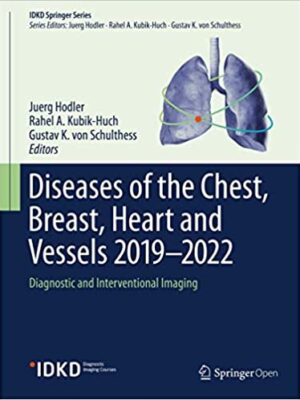
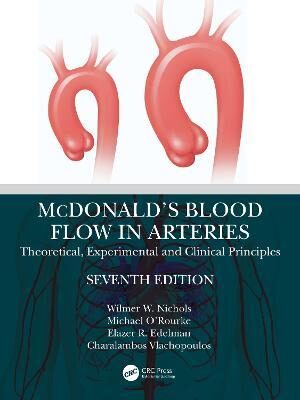
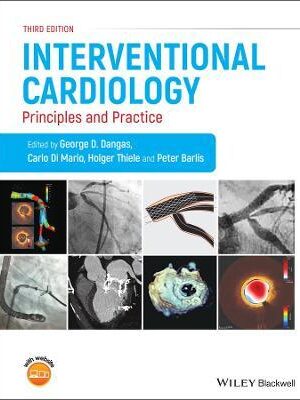
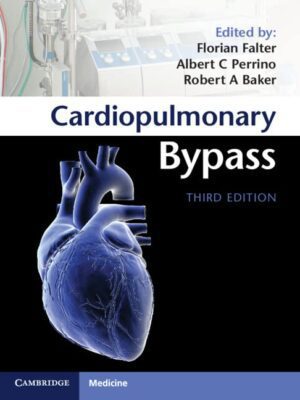
 Dentistry
Dentistry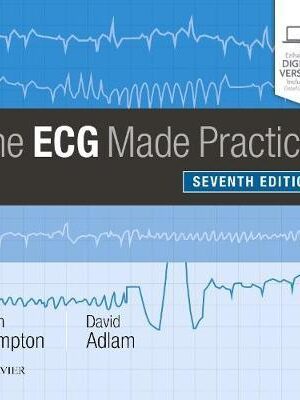
Reviews
There are no reviews yet.